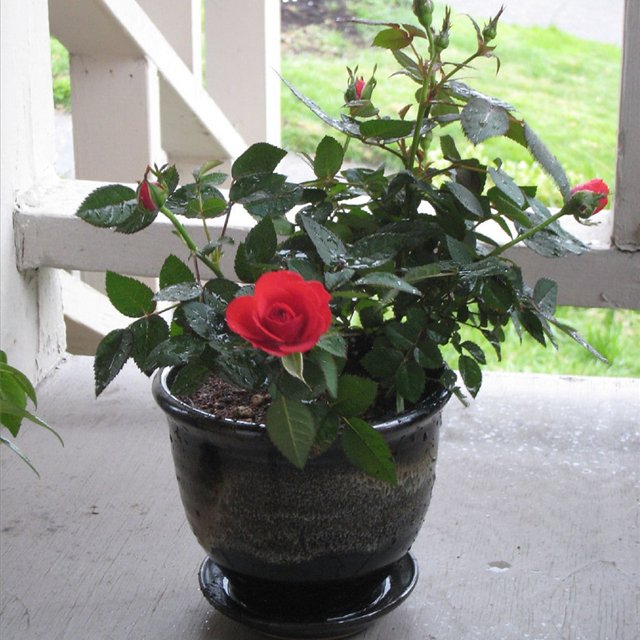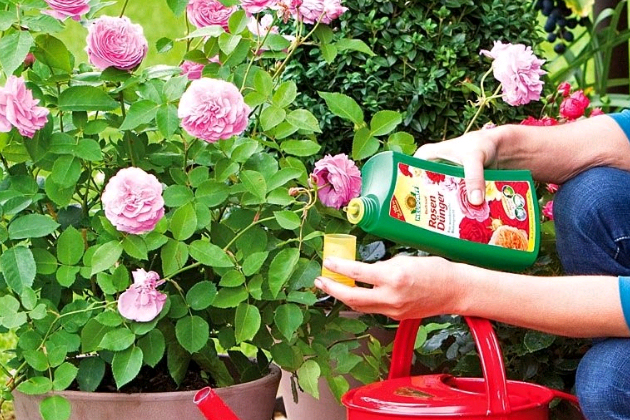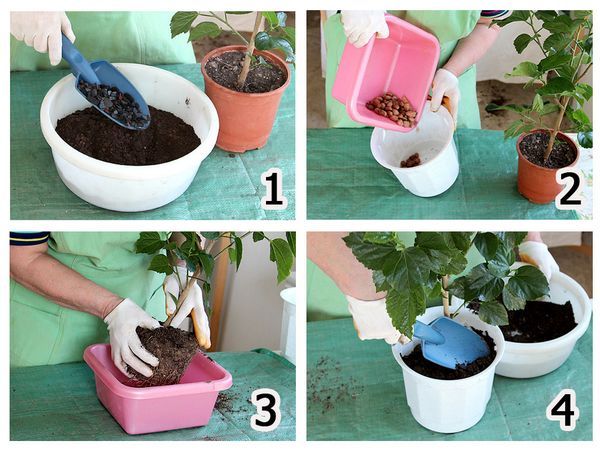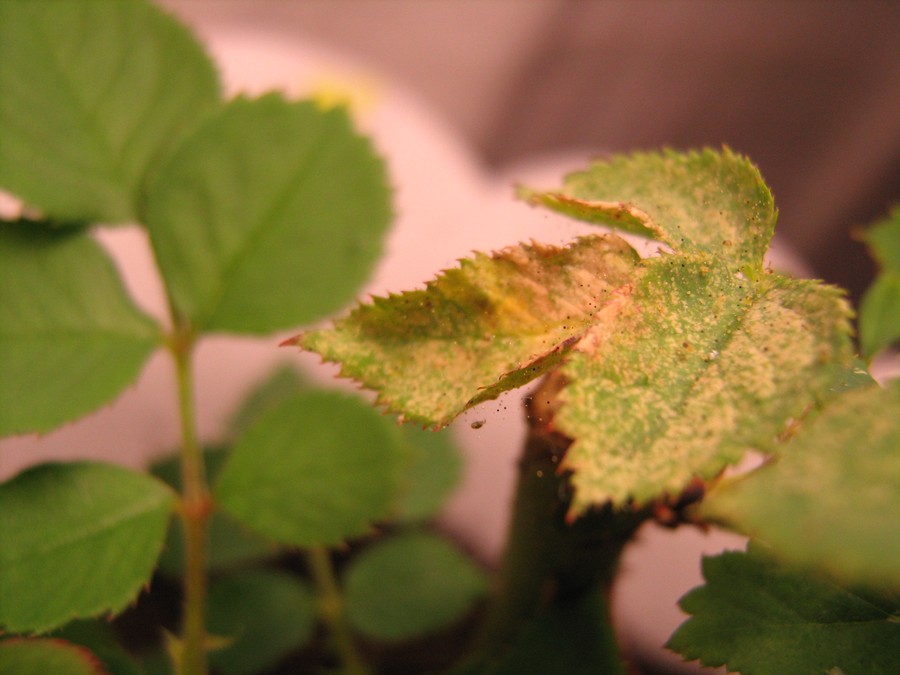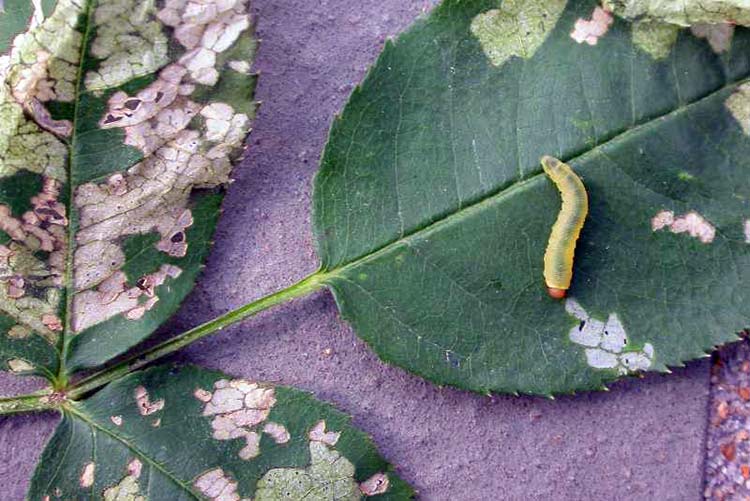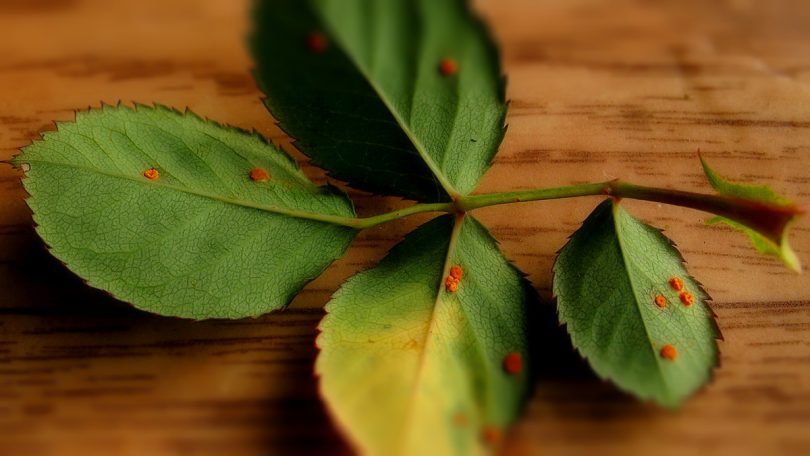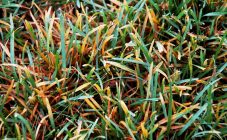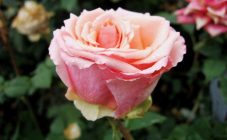Content:
The rose certainly holds the palm among other flowers. If you master the rules for growing it well, then any grower can grow a rose on his site. In addition to the plant itself, the gardener should have essential drugs in his arsenal. If harmful insects suddenly overcome, help will be provided, for example, by fitoverm, and if rust appears on the roses, then you should not guess with what to process.
Better to get something antifungal in advance. Wonderful drugs suitable for this are Topsin, Fundazol. It is also worth taking care of mineral supplements. They can be found at any gardening store. Fertilizers will be called "For indoor flowers" or "For roses".
Rules for caring for roses at home
A home rose is able not only to delight the eye, but also to decorate the space of an apartment, only if it is healthy. This is evidenced by its dense, green foliage. If the leaves and buds turn yellow, fall off, then the plant needs to be treated urgently.
The right place for a rose
The rose feels good on the southern or southeastern windowsill, only it should be shaded from direct rays. In winter, for regular flowering, the plant should be supplemented with a table or phytolamp.
Humidity and temperature
The optimum air humidity for a rose is 50-60%, the temperature is 16-22 ° C in summer and 8-15 ° C in winter. If the air becomes dry, then urgently spray the bush with warm water. It is advisable to put dishes with water next to the rose.
Watering and bathing
In the summer season, the bushes need to be watered every day. Watering is plentiful, but the remaining water from the pan must be poured. The water must be settled.
Regular bathing of roses helps a lot against the invasion of pests. To prevent water from eroding the soil in the pot, it is worth covering the root zone with a film before the procedure.
Top dressing of a room rose
Indoor roses need fertilization during the growing season. The plant responds well to organic matter (liquid mullein in a ratio of 1 tbsp. To 1 bucket of water). Can be fertilized with a ready-made composition, for example, fertika. For 10 liters of water, 1 tbsp is enough. spoons of fertilizer.
Transfer
Young roses (up to 4 years old) are advised to replant every year. The procedure can be carried out in early spring or late autumn.
New dishes for the plant are chosen with a larger size (5 cm wider, 7-8 cm higher). The dishes must be washed with soap and dried. Then 5 cm of the drainage layer is poured onto the bottom of the flowerpot. It can be expanded clay, pebbles, crushed foam.
The soil can be used purchased. Suitable for universal or special for roses. You can also make the soil yourself from equal parts of turf soil, sand and humus. In order to avoid the development of pathogenic microorganisms, it is better to ignite the soil.
Then follows, in fact, the transplant. First, water the plant abundantly to soften the potting soil.This will make it easier to reach the root of the flower.
Next, the flower pot must be carefully put on its side and the bush must be removed from the dishes with shaking movements.
If you are not sure of the good condition of the old soil, then you can quietly release the roots from it and transplant it into fresh soil. Otherwise, the rose is transplanted into a new flowerpot with a lump of earth.
The last stage of work is watering. For about a week, the plant should not be disturbed (even watered). Top dressing can be started in 2-3 weeks.
Pruning a bush
Before going on a winter vacation, the bush is cut off. In addition to removing all damaged stems, the main branches are cut to a third of the length. Sections are immediately sprinkled with crushed coal (cinnamon powder, ash can be used).
Winter plant care
Although a room rose can bloom every 2 months, you should also arrange a seasonal vacation for it. This can be combined in time with the preparation of street roses, that is, when autumn comes. For the winter period, watering is reduced (you can just keep the pot in a damp pan), feeding stops and the temperature drops to 15 ° C.
Reproduction of a home rose
Indoor flower propagates by cuttings. They are best cut during the warmer months from May to September. A partially lignified stem segment with 3-5 buds and several leaves is suitable for cuttings.
The cut stalk is dried for a couple of hours and placed in water with the addition of a stimulant in the proportion of 4 drops per 100 ml of water. Epin, root will do. It will take about a month for the roots to grow back. After their appearance, the seedling is transplanted into a pot.
At first, it is worth spraying with the same stimulant (0.1%). For good development of the bush, the first buds are recommended to be plucked.
Plant diseases
Why do roses have rusty buds? The reasons are high humidity and lack of ventilation. Under such conditions, a fungus develops on the plant, the vital activity of which leads to the formation of spots, and later the leaves and buds turn yellow, dry and fall off.
To get rid of the disease, the plant should be cleaned of the affected fragments and treated with an antifungal medicinal product (topsin, foundation).
Powdery mildew is considered an equally dangerous ailment. Parts of the plant can be coated with "white flour". The disease arises from frequent temperature changes. To eliminate the disease, you must first remove all affected parts, and then treat the bush with a fungicide (fitoverm, actellik).
Garden roses
The most important requirement for long and lush flowering is the successful location of the rose on the site.
Rose care
Caring for a garden rose consists of watering, feeding, pruning and protecting from damage. It is also important to successfully prepare the culture for wintering and correctly remove it from shelter in the spring.
The soil
After choosing a good, sunny spot, it's time to start preparing the soil. First of all, the site is dug up, all weeds, roots and debris are removed. Further, the soil is enriched with humus and sand. If the soil is acidic, then dolomite flour or lime is added. Heavy soils are diluted with peat. It does not hurt to pour superphosphate (a handful) directly into the planting pits, but make sure that the roots do not come into contact with the granules.
Top dressing and watering
Six-fold feeding of bushes is considered optimal. For the first 2 (spring), it is advisable to use ammonium nitrate. Kemir fertilizer is perfect before bud ovaries appear. Before flowering, it is worth feeding an infused mullein for a week (1 tbsp.for 1 bucket of water), in the middle of summer again with kemira and before winter with potash fertilizers.
In summer, roses are watered abundantly as the soil dries. Watering decreases by autumn.
Crown formation
Formative pruning is advised to be carried out in early spring or late autumn. With autumn pruning, a more thorough haircut is made. All main branches are shortened by one third. Weak, diseased and spoiled stems are cut. All sections are sprinkled with crushed coal (cinnamon powder, ash can be used).
Spring and summer pruning is purely cosmetic. Pruning or abnormally growing (towards the center or below the grafting point) shoots are cut.
Preparing for a rest period
For the winter, roses are covered with the onset of frost. To begin with, a thick layer of mulch is poured into the root zone at least 40-50 cm in height. Then a hut of spruce branches is built over the bush. In winter, it is advisable to throw a snowdrift on it.
Diseases and pests of the garden rose
The main enemies of the garden rose:
- aphid;
- whitefly;
- spider mite;
- caterpillars.
You need to fight by spraying with preparations such as fitoverm. You can also use traditional methods, for example, a soap solution in the proportion of 200 g of grated soap in 1 bucket of water.
The procedures are carried out in dry, calm weather and preferably in the evening or morning.
Diseases that the bushes are susceptible to:
- gray rot;
- rust;
- cytosporosis;
- fungal diseases.
It should be treated with the same drugs as indoor roses.
Rust on the stems, buds and leaves of roses
Rust on rose leaves is the most common fungal disease. If spots appear on the stems or other parts of the bush, as if sprinkled with bright yellow powder, then you can be sure that it is rust. It is easy to recognize, but very difficult to deduce.
Possible reasons
Why do rosebuds rust? The causative agent of the disease is rust fungi. Their spores are light, tenacious, they can very easily be suspended in the air, rush where the wind blows. Birds and insects can bring them.
The cause of the disease is excess moisture, which is associated with cool, rainy summers. Excess nitrogen in the soil also contributes to the intensification of spores.
Signs of the disease
You should pay particular attention to the rose, starting in mid-June. The first yellow or orange spots usually appear on the stems. Further, the affected branches begin to crack. If you do not take action, then rust on the leaves (on the seamy side) of the rose will spread to the buds.
Means and methods of dealing with rust
When rusty spots appear on rose petals, treatment should be started immediately, because it is easier to defeat rust at the very beginning. As soon as the first orange spots are noticed, all affected parts must be ripped off and destroyed. Thus, it is possible to say goodbye to this disease forever. But, unfortunately, it is often not possible to catch the beginning and then you have to use special chemistry to fight rust.
If abundant rust is found on the leaves of the rose, the treatment of the disease is possible by spraying with copper-containing agents. These include drugs Abiga-peak or Bordeaux liquid. When spraying the bushes with these means, you should pay particular attention to the inside of the leaves, since the main accumulation of the fungus colony is concentrated precisely on the underside of the leaf plate. Only these products are easily washed off by rain, so re-treatment may be required.
Preventive actions
For the presence of rust, rose bushes must be inspected from planting to the end of cultivation, that is, constantly. Unfortunately, nothing can guarantee salvation from this scourge.
For the purpose of prevention, you should properly care for flowers. Everything should be timely: weeding, and watering, and fertilization, and loosening. But, if you suddenly find orange spots on the leaves or other parts of the rose, then you immediately need to remove all the affected areas and carefully treat the bush with a fungicide (agate, bactophyte, copper sulfate and others from this series). The collected diseased parts of the plant are supposed to be burned.
Flower beds are set up to decorate gardens, parks, public places. Almost all compositions contain roses. Given their variety, they are able to combine with any plants. Only in addition to a common flower garden, they also have common diseases. And not always one drug can help the whole composition. Therefore, it is easier to prevent damage from pests and diseases than to try to save each plant separately. Especially considering that a drug useful for one flower can be dangerous for another.
